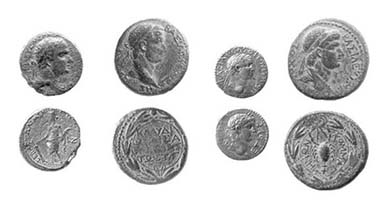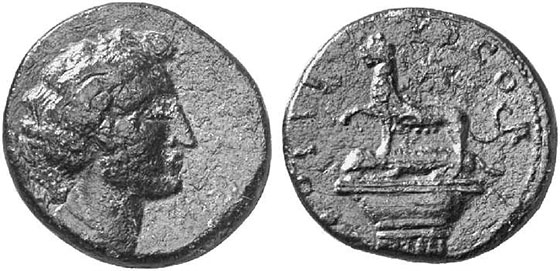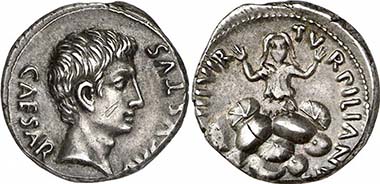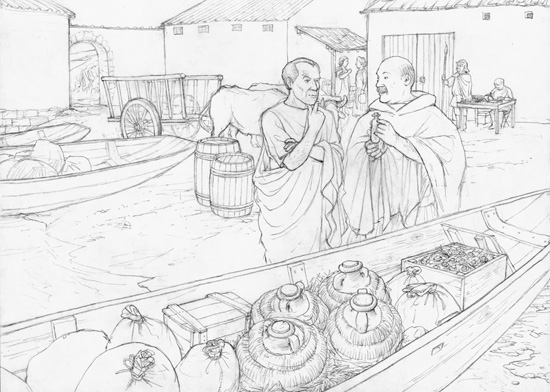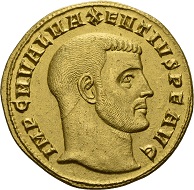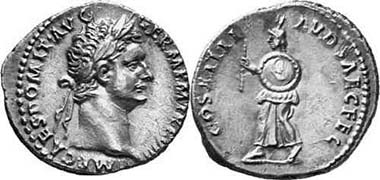Egypt and Alexandria. A brief numismatic survey: part I
Join us on our trip through the history of Egypt and its capital Alexandria by its coinage. Today you will learn how the Ptolemies managed to get rich thanks to their coins, and how the Jews figured into it.








